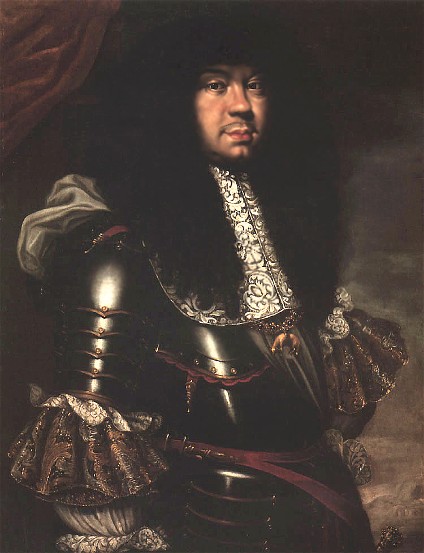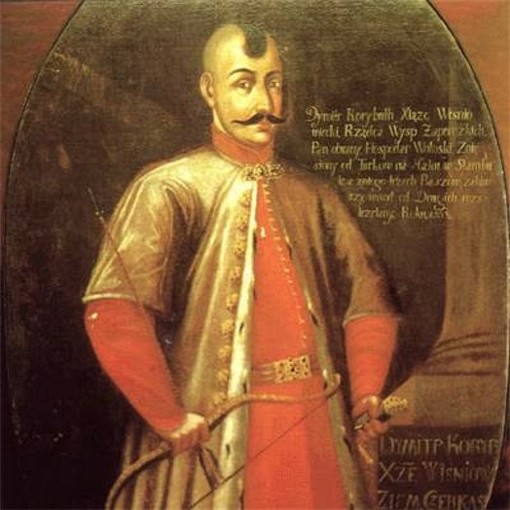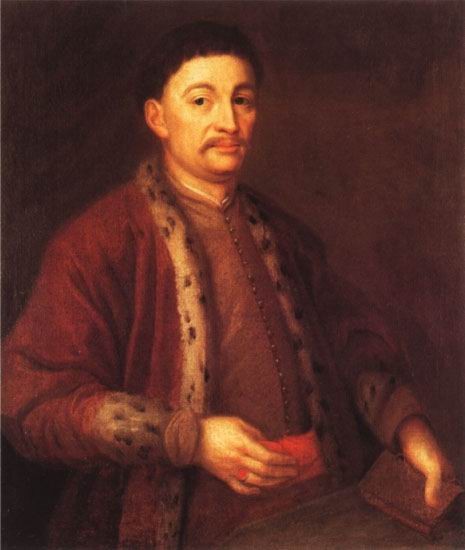Wiśniowiecki
Wiśniowiecki (Vyshnevetsky) [Vyšnevec’kyj]. A branch of the Nesvitsky Ukrainian princely family from Volhynia, that is, the Riurykide dynasty of Turiv-Pynsk principality. Prince Fedir Nesvizky is considered the progenitor and ancestor of four princely families: the Vyshnevetsky (Wiśniowiecki) family, the Zbaraski family, the Porytsky family, and the Voronetsky family. The surname Vyshnevetsky derives from Vyshnivets in Volhynia. Among the members of the Vyshnevetsky family were Ivan Vyshnevetsky, the starosta of Propoisk and Chechersk (1536–43); Andrii Vyshnevetsky, the castellan of Volhynia (1569) and voivode of Bratslav; Prince Dmytro Vyshnevetsky (Baida), who founded the Zaporozhian Sich; Mykhailo Vyshnevetsky, the first king-appointed starosta of the Registered Cossacks (1578); Kostiantyn Vyshnevetsky, the starosta of Zhytomyr (1583); and Kateryna Vyshnevetska, who married the grand hetman of Lithuania, Hryhorii Khodkevych.
Between the late 16th and the early 17th centuries the Vyshnevetsky family converted to Catholicism and became Polonized. In the 17th century its members held key posts in the Polish government, notably Jeremi Wiśniowiecki and his son, Michał Korybut Wiśniowiecki. The Vyshnevetsky (Wiśniowiecki) family line ended in 1744 with the death of the Lithuanian grand hetman, Michał Serwacy Wiśniowiecki (1680–1744). Polish chroniclers (Maciej Stryjkowski and Bartłomiej Paprocki) incorrectly linked the family of Prince Fedir Nesvizky with the family of Fedir Korybutovych. That error resulted in the legend of the Lithuanian-Ruthenian origins of the Vyshnevetsky family from the descendants of Gediminas. It was later corrected by historians such as W. Semkowicz and Viacheslav Seniutovych-Berezhny.
BIBLIOGRAPHY
Dlugopol’skii, A. ‘Vishnevets i ego kniaz’ia,’ Vestnik Zapadnoi Rossii, nos 6–8 (1868)
Lubomyr Wynar
[This article originally appeared in the Encyclopedia of Ukraine, vol. 5 (1993).]



%20coat%20of%20arms.jpg)